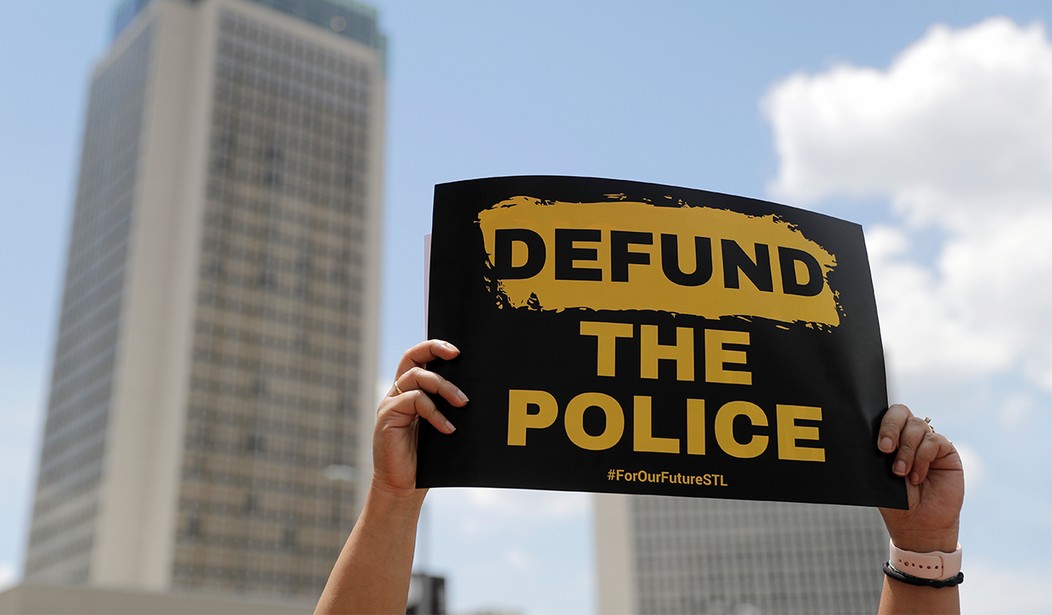Following the death of George Floyd during an arrest in Minneapolis, a lot of people turned anti-police very quickly. It wasn’t just being critical of the officer’s actions during the arrest, but they were critical of law enforcement in general.
It sparked the whole “defund the police” movement and did so right there in the city.
Now, it seems Minneapolis is still reeling from the ramifications of that.
Telly Blair was among 93 people who were murdered in Minneapolis last year, city crime data shows. That’s just a few shy of the total killings in 1995, when the city earned the nickname “Murderapolis.” (Neighboring St. Paul witnessed 38 murders last year — a historic high.)
After the police murder of George Floyd in May of 2020, Minneapolis became a worldwide symbol of the police brutality long endured disproportionately by Black people. In a kind of Newtonian response, the city became the epicenter of the culturally seismic “Defund the Police” movement. But that progressive local effort fizzled with a decisive referendum last November.
Now, with its police department under investigation by the Department of Justice, the city of 425,000 is trying to find a way forward amid a period of heightened crime that began shortly after Floyd’s death.
That year, the number of murders soared to nearly 80 — dwarfing the 2019 body count of 46. It has cooled somewhat this year, though the amount of killing — and violent crime in general — remains elevated far above 2019 levels and homicides are on pace to surpass the 2020 figure. The reasons why are far from clear.
KG Wilson, a longtime resident of the Twin Cities, said police withdrew from violent neighborhoods in the aftermath of Floyd’s killing — a common sentiment among locals.
This was, of course, the direct effect of the defund movement.
First, Minneapolis officials turned on their officers. They voted to disband the department, even. Officers quit because they weren’t going to stay in a department the city officials wouldn’t support. Others simply went through the motions of enforcing the law, knowing full well that anything proactive would be labeled as racist.
Citing sinking morale in the wake of the unrest after Floyd’s killing, leaders at the Minneapolis Police Department say the officer head count has shrunk from 900 in early 2020 to about 560 in August — a loss of more than a third of the force.
And yes, the criminals frolicked. They loved it.
Some of them also likely knew that any use of lethal force could be spun as police brutality, at least for a little while, meaning they were even less hesitant than normal to square off with police.
The entire situation created a complete mess and the people of Minneapolis are left trying to find a way forward.
For what it’s worth, there’s not much effort to defund police there today. Apparently, rampant crime has a way of solidifying support for law enforcement.
But it’s interesting that even the reporter for CNN could see that. More importantly, though, the people of Minneapolis could see it. They rejected shutting down their department and folding it into a progressive’s dream of a “Department of Public Safety” that would focus more on public health than law enforcement.
Unfortunately, the damage has been done and I suspect it will take years to repair.
Make no mistake, there were problems with the department there. I noted it myself at the time. We’ve seen problems since then as well. There’s reform needed in that department.
But Minneapolis city officials went about it all wrong. Now, the people there are paying the price.








Join the conversation as a VIP Member